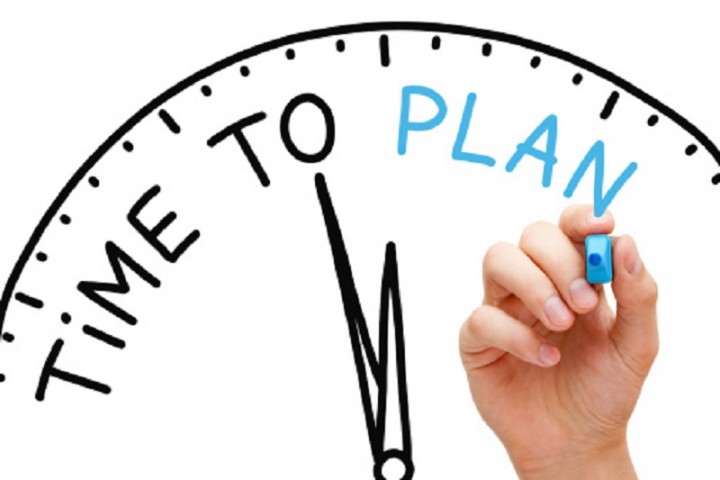When I was planning my wedding, the first thing I realized was that while there was a lot to do, not everything had to be figured out immediately. Sure, you need to find a location for the ceremony and reception because those book up fast, but purchasing your wedding rings or booking your honeymoon weren’t as pressing initially. The same goes for trade shows and events. Planning ahead and following a schedule of deadlines and logistical details will keep you on track for the day the show opens. We’ve outlined below what should be completed in the 6 to 12 months leading up to the event so you don’t get overwhelmed and can manage what needs to be completed and when. A solid thought out plan will set the ground work for an organized and scheduled event.
12 Months or Earlier
- Pull your team together to discuss past shows – those where you were an exhibitor, as well as those you have attended. Compare the Return on Investment (ROI) and Return on Objective (ROO). Determine which shows to participate in and what that participation means (attendee, smaller or larger exhibit space). Identifying these will help formalize your marketing and sales strategies.
- Review and finalize exhibit space contracts, floor plans and exhibit positioning. This can sometimes happen during the show the previous year. The earlier, the better, so as to have access to the best, high traffic areas.
- Based on your upcoming calendar, determine your budget and forecast your expected ROI and ROO. Knowing this from the get go will set you on the right track for planning.
9 to 12 Months Before the Show
- Mark your calendar with all event deadlines for orders and payments. By staying on top of them, you can ensure you get the best rates by hitting the advanced deadlines.
- Identify your event needs: exhibit, product, images/videos, promotional items, marketing collateral. This gives you time to research, strategize, and order well in advance of the show.
- Determine your event promotional goals to garner buzz about visiting your space at the show and follow up after it ends.
6 to 9 Months Before the Show
- Evaluate your exhibit. Will you be using something you own? If so, will it require any modifications, additions, or repairs? If you plan to use a new exhibit, this is the time to sit down with your exhibit house to discuss your wants and needs so the design process can begin.
- Get your marketing plans in motion. Pre-show direct mailers, e-mail campaigns, sponsorships, and show city marketing (billboards, hotel keys, taxis, etc.).
- Write a compelling sales message that gets across the key points you want to communicate at your exhibit in 30 seconds or (preferably) less. You and your staff will need to rehearse this message and use it confidently at your booth to maximize your effectiveness.
As you can see, the early planning for the event includes a lot of strategizing and scheduling. When you get within 6 months and less of the event, you will begin placing orders, finalizing details, and preparing your staff. Stay tuned for the later steps in next week's blog. Download our Ultimate Guide to Trade Show Success for detailed help with planning every step.
 Author:
Author:
Alison James, Event Marketer & Brand Enthusiast
Alison has been with Apple Rock for 12 years. She is not only an industry expert, but also an experienced brand ambassador for all her clients. When she is not working hard for her clients she is enjoying the thrills of parenthood, along with her husband, to their 12 month old son.
